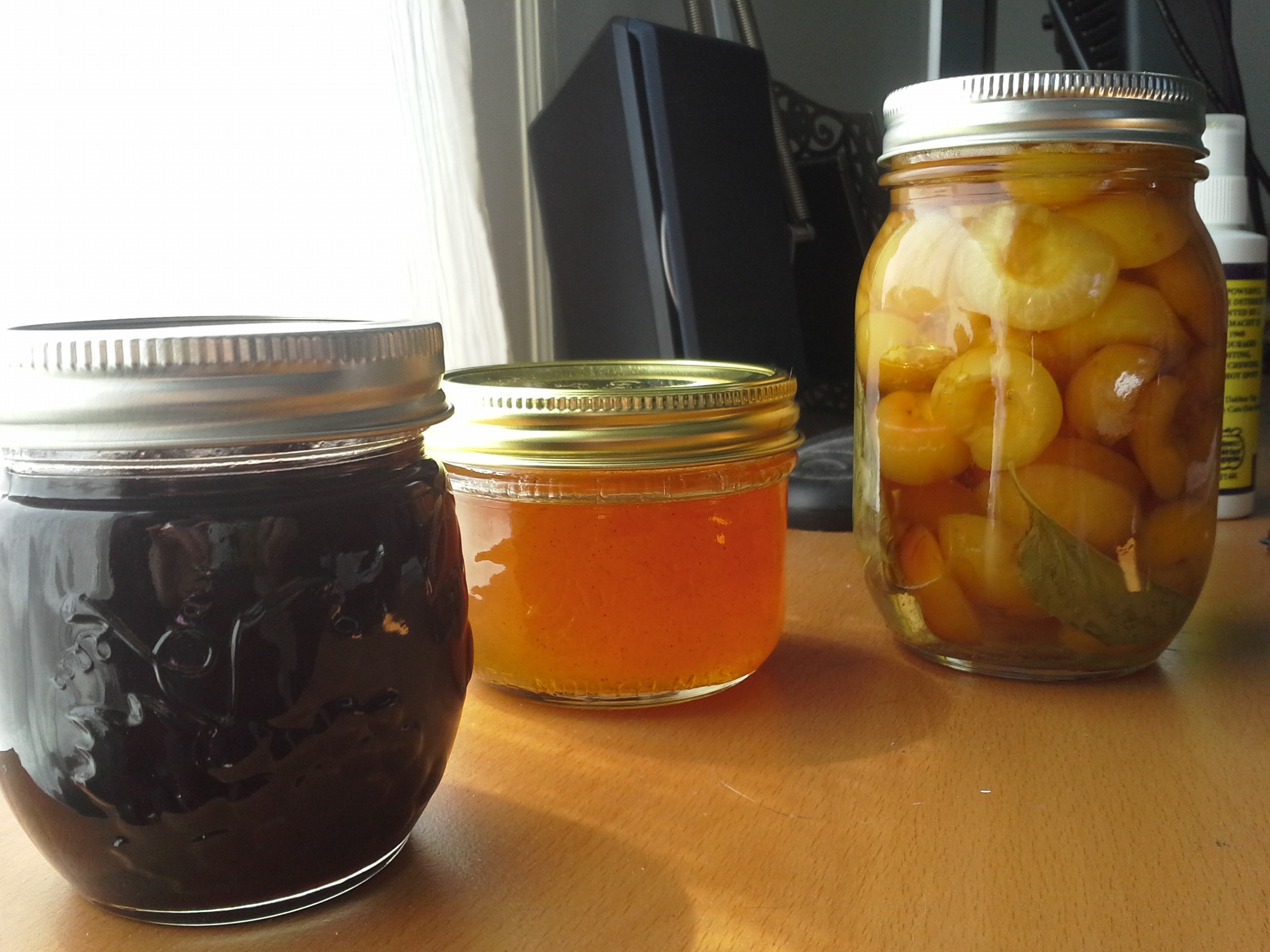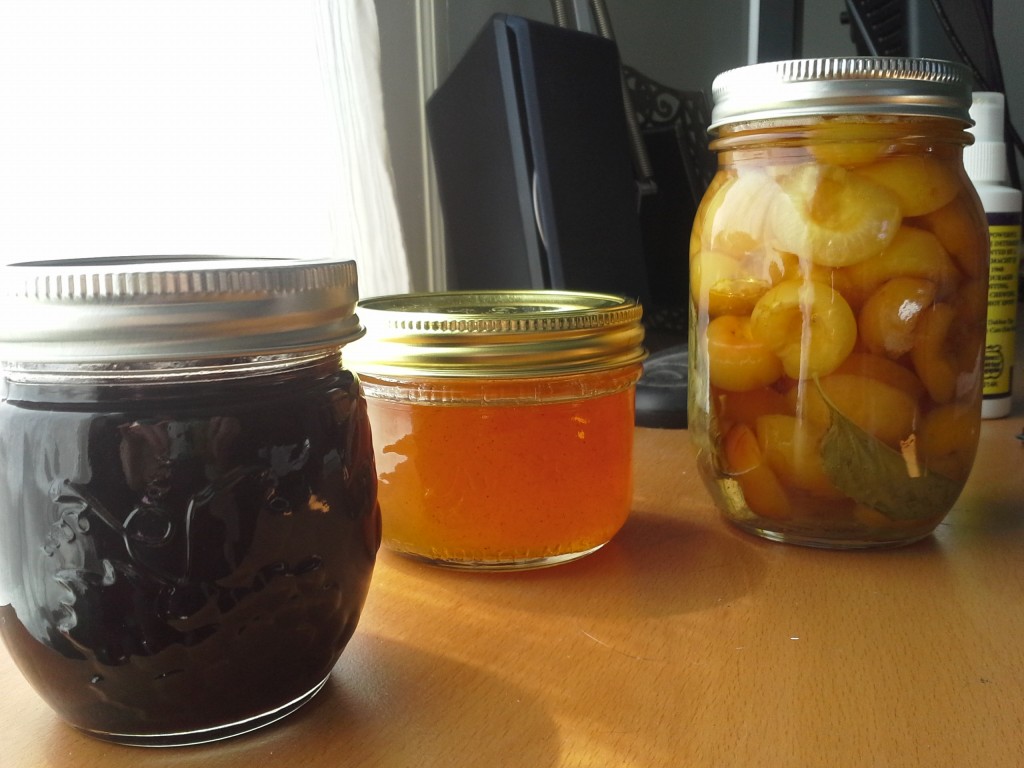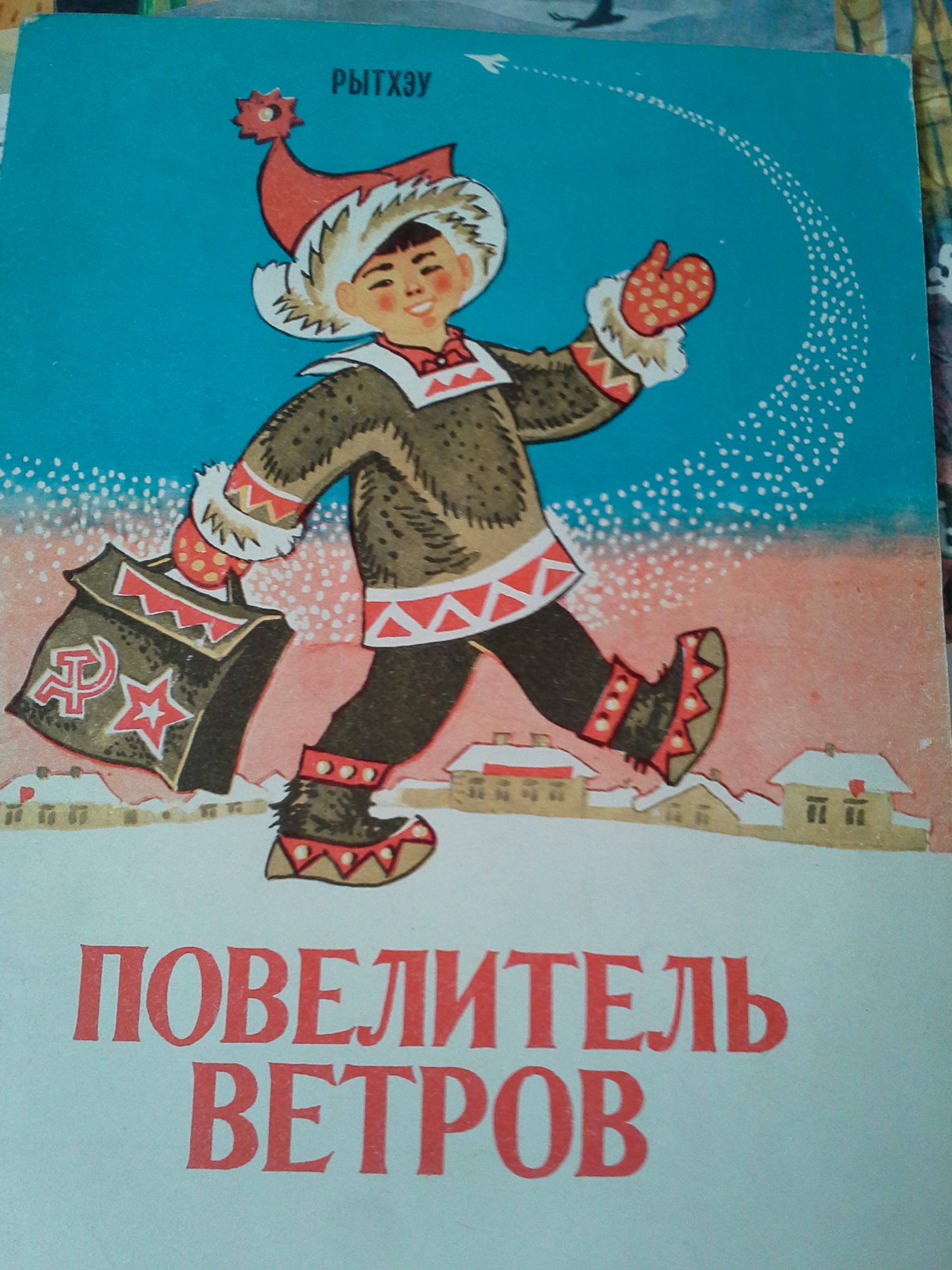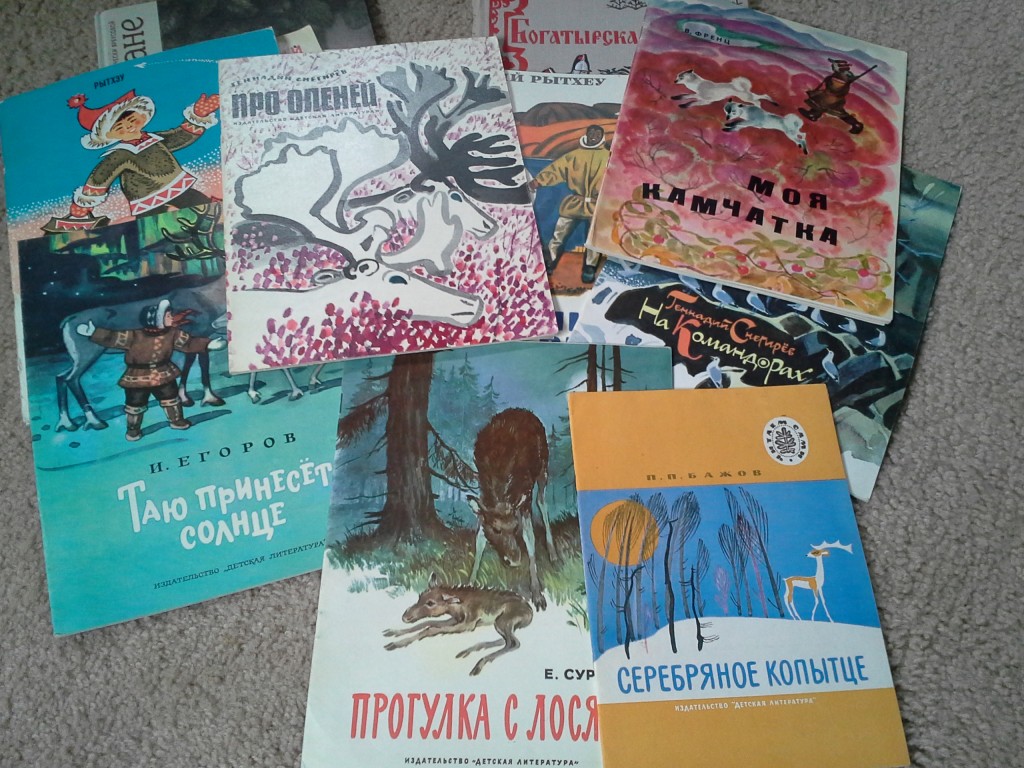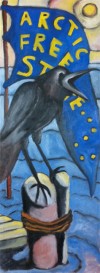На Командорах / On the Commander Islands – Fur Seals
![20130731_112735[1]](http://www.loshbaugh.com/wp-content/uploads/2013/07/20130731_1127351-e1375295619377-225x300.jpg) This is really quick and really dirty translation from the Russian. I have left out a few words here and there that I didn’t bother to look up. I haven’t massaged it for English grammar and style — there are Dostoevskian run-on sentences.
This is really quick and really dirty translation from the Russian. I have left out a few words here and there that I didn’t bother to look up. I haven’t massaged it for English grammar and style — there are Dostoevskian run-on sentences.
На Командорах [Na Komandorakh] On the Commander Islands. Author: Gennady Snegirev. Artist: M. Miturich. Izdatel’stvo “Malish”. Publisher “Little One”. For older preschoolers. A print run of 350,000 in 1975. Cost, 16 kopecks.
Full Russian book scanned here.
The Commander Islands were discovered in the first half of the 18th century by Commander Bering, an officer in the Russian fleet, at the time of his expedition along the coast of North America and therefore received their name. They are located in a sea which also was named in honor of the famous seafarer – the Bering Sea.
![20130731_112800[1]](http://www.loshbaugh.com/wp-content/uploads/2013/07/20130731_1128001-e1375295568642-225x300.jpg)
Vitus Bering
